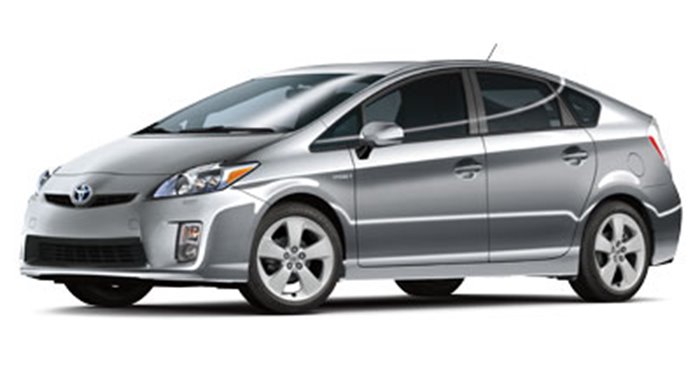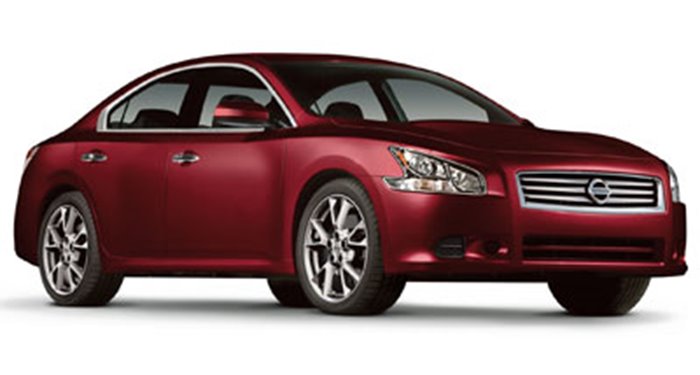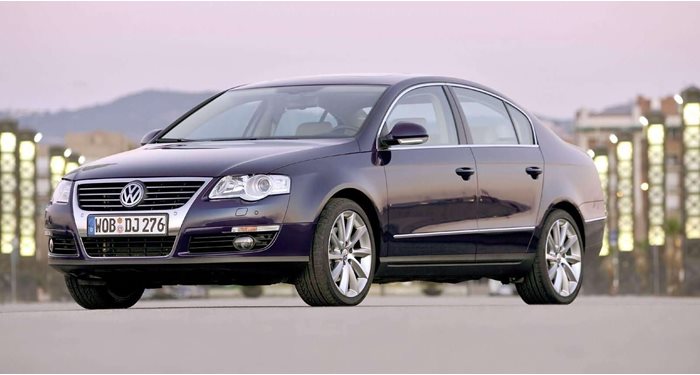The 2GR-FE is arguably the most problematic engine of the sixth-generation Toyota Camry family, but that's only based on technicality because it is still a resilient engine if well-maintained and respected. This powertrain uses a die-cast aluminum block with aluminum DOHC heads with four valves per cylinder featuring VVT-i variable valve timing and multipoint fuel injection. Common problems that you may encounter with this engine include VVT-i oil leaks and failing idler pulleys, water pumps, spark plugs, and ignition coil.
The rubber hose that sends oil into the VVT-i system uses a partial metal portion that wears with time and causes oil to leak. Models constructed from 2010 use a metal pipe that fixes this issue, so if you come across a 2GR-FE with the old feeding system, it is advised to change it regardless of whether it is broken or not. Thankfully, this is a relatively inexpensive job to perform. If it does start corroding, you will notice visible oil leaks, a loss of oil pressure, low engine oil, and smoke from the engine bay.
The auxiliary belt's idler pulley tends to be problematic on all 2GR units made until 2009 as a heavy-duty part was implemented in this year. If your idler pulley starts to wear, you will notice a squeaking and rattling noise while the engine is running. It is not a repair that needs to be conducted urgently, but the sooner this is conducted, the better. Thankfully, it is a low-cost repair, but while you are having it done, consider replacing the second idler pulley and the belt as well.
The Toyota Camry V6's problem with water-pump failures is also present on pre-2010 cars due to a design flaw. The pump can fail at any time and will result in coolant leaks, overheating, and steam from the engine bay. Once this occurs, you need to resolve the problem immediately as it can result in catastrophic engine damage if left unchecked for too long. Be sure to replace the pump with the updated design so that this problem does not occur again. Problems related to the engine's coolant temperature sensor will display the P0115, P0116, and P0118 fault codes.
The 2GR's premature ignition-coil failure problem for the Toyota Camry is the rarest of the engine problems, but it is still something that needs to be kept in mind. Once the coils start to go, you'll notice problems such as engine stuttering and a loss of power. It may also result in a rough or high idle on any Toyota Camry with the problem. You may also experience misfiring, which will bring up the P0300, P0301, P0302, P0303, P0304, P0305, or P0306 fault codes with the last number signifying which cylinder is misfiring and P0300 denoting a general misfire condition. Ignition-coil fault codes consist of P0351, P0352, P0353, P0354, P0355, or P0356. We advise that you replace all ignition coils even if it is just the one that has failed because the other will likely expire in short succession.
Mileage: The VVT-i oil-hose, idler-pulley, and water-pump failures do not have mileages attached to them. You can expect the ignition coils to fail after around 100,000 miles.
Cost: The metal VVT-i oil hose costs $40, with an estimated labor cost of $300 to fit. Toyota's heavy-duty idler pulleys cost about $50 each with a $300 fitment cost. The water pump will set you back $180, excluding the $400 labor cost.
How to spot: A bad oil hose will result in visible oil leaks, a loss of oil pressure, low engine oil levels, and a smoking engine compartment. A weak idler pulley will lead to squeaking and rattling noises when the engine is running. A failed water pump will leak coolant, engine overheating, and steam being emitted from the engine. Failed ignition coils will lead to a loss of power and the engine misfiring, stuttering, and idling roughly.














 Acura
Acura
 Alfa Romeo
Alfa Romeo
 Aston Martin
Aston Martin
 Audi
Audi
 Automobili Pininfarina
Automobili Pininfarina
 Bentley
Bentley
 BMW
BMW
 Bollinger
Bollinger
 BrightDrop
BrightDrop
 Bugatti
Bugatti
 Buick
Buick
 Cadillac
Cadillac
 Caterham
Caterham
 Chevrolet
Chevrolet
 Chrysler
Chrysler
 Dodge
Dodge
 Ferrari
Ferrari
 Fiat
Fiat
 Fisker
Fisker
 Ford
Ford
 Genesis
Genesis
 GMC
GMC
 Gordon Murray Automotive
Gordon Murray Automotive
 Hennessey
Hennessey
 Honda
Honda
 Hyundai
Hyundai
 Ineos Automotive
Ineos Automotive
 Infiniti
Infiniti
 Jaguar
Jaguar
 Jeep
Jeep
 Karma
Karma
 Kia
Kia
 Koenigsegg
Koenigsegg
 Lamborghini
Lamborghini
 Land Rover
Land Rover
 Lexus
Lexus
 Lincoln
Lincoln
 Lordstown
Lordstown
 Lotus
Lotus
 Lucid Motors
Lucid Motors
 Maserati
Maserati
 Mazda
Mazda
 McLaren
McLaren
 Mercedes-Benz
Mercedes-Benz
 Mini
Mini
 Mitsubishi
Mitsubishi
 Nissan
Nissan
 Pagani
Pagani
 Polestar
Polestar
 Porsche
Porsche
 Ram
Ram
 Rimac
Rimac
 Rivian
Rivian
 Rolls-Royce
Rolls-Royce
 Spyker
Spyker
 Subaru
Subaru
 Tesla
Tesla
 Toyota
Toyota
 VinFast
VinFast
 Volkswagen
Volkswagen
 Volvo
Volvo